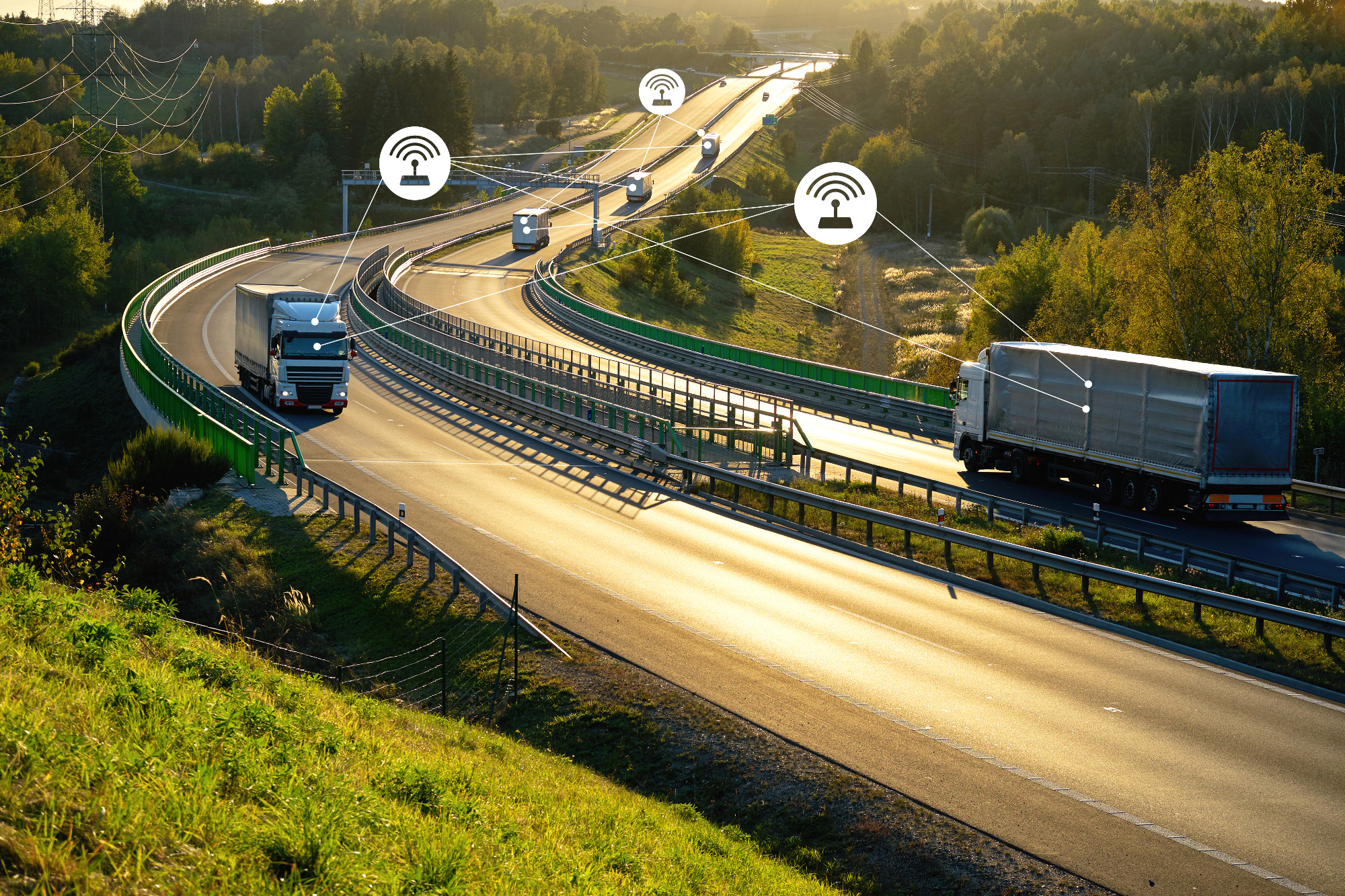Digitisation has turned upside down a lot of big businesses. Now it enters into the TSL sector. Road freight incumbents may not like it, but disruption from digital challengers is on their doorstep. Anyone who stays behind when it comes to technology may be out of the game.
With the transformation of consumer-oriented sectors such as retail (Apple), entertainment (Spotify) and travel (BlaBlaCar), startups are beginning to conquer the TSL sector, which, although highly fragmented and dominated by manual processes, is long overdue for digitisation.
In addition, road carriers and logistics operators are caught in a low margin trap and digital start-ups can make life even more difficult for them by introducing new business models and solving long-term inefficiencies. Businesses need to act now and take advantage of digital opportunities or expect their business to stop generating revenue.
Financial potential of start-ups and digital freight forwarding
Venture capital funds invested more than $3.3 billion in digital projects for shipping and logistics from January 2012 to September 2017. Beneficiaries are companies such as Convoy, the US online freight platform that raised $80 million; Freightex, a virtual logistics service provider from the UK, recently acquired by UPS; EasyPost, an online logistics service provider supported by Google or, more recently, the German Sennder.
Traditional business in the firing line
Problems with information flow, a multitude of inefficient manual processes combined with poor access to resources, e.g. cargo space, intensified by the enormous fragmentation of the market, make digital solution providers see a huge potential in the TSL industry. Solving a few sensitive issues is a great opportunity for profit and market transformation.
The biggest weaknesses of the TSL industry
High fragmentation, poor transparency.
In Europe, the road transport industry has more than 300,000 carriers. Their size is different: from companies with multi-billion-dollar capital to small owner-driver operations. The market share of the largest player, DB Schenker, is only about 2.1%. This fragmentation of the market often leads competitors to cooperate in order to obtain more benefits and provide better offers to customers. Individual players lack the economies of scale to improve asset utilisation.
Despite this, the culture of mistrust does not allow carriers to cooperate and make more profits. Companies compete to a large extent with respect to the price that results from supply and demand for services, and customers have limited insight into rates, capacity, quality and reliability of carriers.
Empty mileage
In 2016, the use of cargo space in companies from Western Europe amounted to approx. 60%. A large number of trucks returned empty or only partially full. This unused transport capacity cost the Western European industry around €100 billion a year, which is a significant amount, given that sales in the industry amounted to €300 billion and its profit was around €10 billion.
Costly manual processes
Limited automation and digitisation of basic processes (such as shipping, order management and cargo consolidation) have contributed to cost increases in the industry. Moreover, relying on analogue processes usually leads to a significant loss of information. The manual search for and matching of shippers and carriers has long since become inefficient.
Outdated software
In many industries, modern cloud-based software enables smooth, efficient and fast transactions. The situation in road transport is much worse – the software tools used often do not allow for optimal operational activities. Customers have to endure lengthy procedures to get a quote, they also complain about cumbersome documentation transfer processes and lack of real-time cargo tracking.
Low margins
Margins in the industry remain at historically low levels: before interest and taxes, they averaged between 2% and 3%, with larger companies generating margins of less than 5%.
Seizing the digital opportunities
Despite a difficult environment, incumbents have an advantage, thanks to their assets, industry know-how, and customer and supplier relationships and networks. However, if incumbents fail to digitise their offerings, then the digital startups’ business models, along with their transparency about rates and capacity, will increase pressure on incumbents’ margins. Some current players will lose market share to cheaper, more agile digital rivals.
By proactively responding to the startup challenge, incumbents have the opportunity to replace their manual processes with more efficient digital ones, adopt digital business models, and identify innovative ways to gain market share and exit the industry’s low-margin trap.
Digitisation can help existing players differentiate themselves from their competitors, reach out to new customers and keep the existing ones in the industry.
Text based on the report by BGC.com
Want to learn more about supply chain digitisation from the industry’s leading experts? Buy a ticket:










